How can the usage of new technologies bring out the multitude of space?
Extended Abstract
Do I contradict myself?
Very well then, I contradict myself,
(I am large, I contain multitudes.)
As Whitman states we all contain multitudes, there is an idea of multitude in the body, the space, the landscape, the architecture. Interpreting on E. Janes’ idea of “in order to reimagine the body, one must reimagine space,” (Figure 1) we will be studying potential revolutionary changes through a reconsideration of the spatial limitations and identification of how to overturn, dissolve, and break through boundaries in the case of museums.
A museum should encourage participation, be inclusive, fit with its communities and preferably be beautiful, “the museum should be serving the society” so they should be spaces where a body can turn into multitudes. However, the museums of today are restricted in either the spatial configuration or the exhibitions. Prado Museum, by Juan de Villanueva, in Madrid has many openings within spaces which enables all the users to have a different experience of the space however as the exhibitions are permanent the user is restricted in what they will be experiencing visually. Concluding to the idea that a museum is a rigid space, has only a function of representation and is restrictive.
Gordon Matta Clark argues on the idea of “making spaces without building,” in his works of anarchitecture (Figure 2). He produces his ‘building cuts’ that further developed into transformations of abandoned buildings, split apart, sliced through and rearranged, commenting once again on society through architecture, touching on the increasing desire for material accumulation, wealth, permanence. Matta Clark´s anarchitecture is a quintessential example of the glitching of spaces, for bringing out the plurality of spaces, but it lacks the use of technology when we think of it being used to its fullest potential in the current scenario.
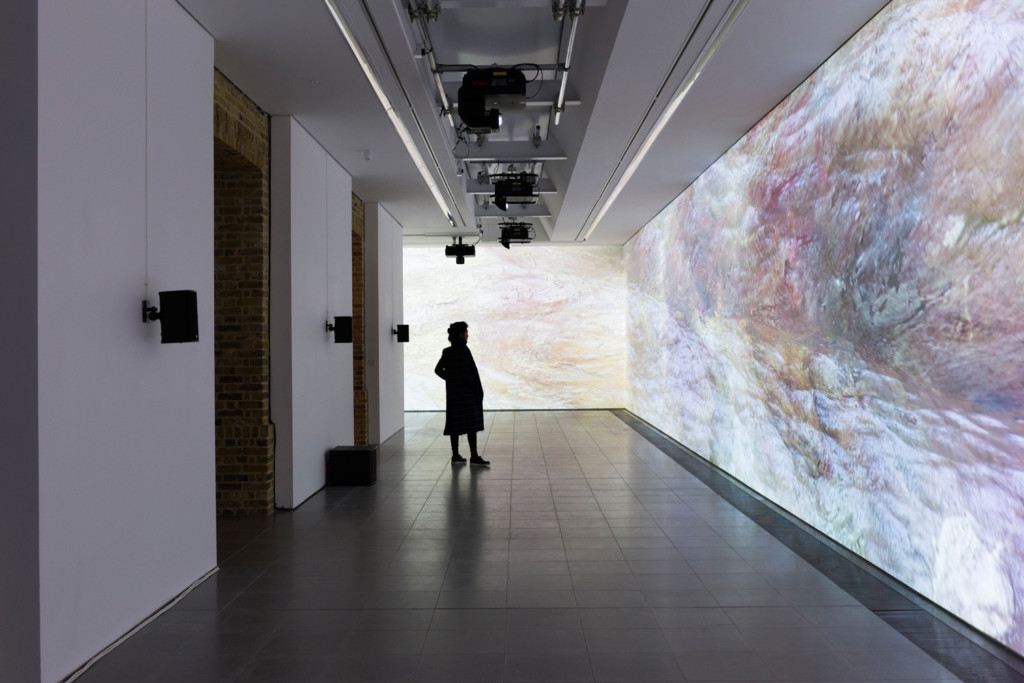
Figure 1: An Interview with E. Jane, at Sondra Perry’s Typhoon, AQNB, 2016, Image © 2018 Mike Din
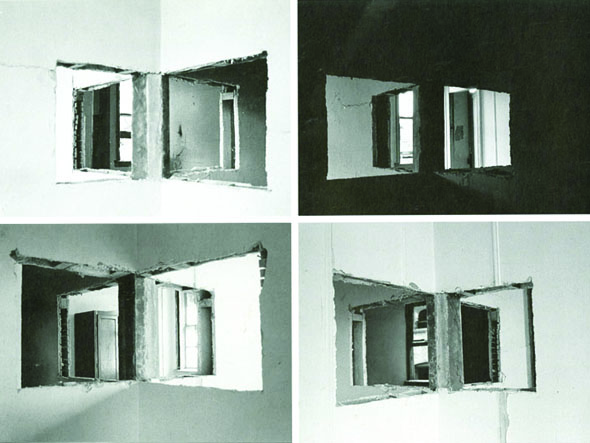
Figure 2 Gordon Matta Clark, 4 Ways Wall, 1974
Augmented reality has the ability to project new information onto an object or space while mixed reality has the potential for interaction with the new technological intervention. Both are able to break into and unlock the plurality of spaces. Usage of technologies like Mixed / Augmented Reality have the potential to bring out the multitudes of spaces, by using the characteristics of representification in place of representation in particularly restrictive spaces such as museums.
Museum displays rely heavily on representation. Representation involves displaying an object or space as it is. It may show how something works or how something exists within the environment it is placed in. In the context of a museum, representation is controlled by the designer. This control is linked to the design of the object and space.
One example of AR technology in representation is a mobile tour called “Lumin” by The Detroit Institute of Arts. This app uses Augmented reality in a representational manner. This app allows visitors to engage with the museum’s collection as they were in the past. Augmented Reality presents a different perspective of the artifacts through the lens of the past. However, it doesn’t change the fixed usage of space, nor does it provide a plurality of the existing space. It only serves as a visualization of the original state of objects that are presented.
Representification overlays other information on top of existing objects and spaces. It is not confined to the material or object presented. This creates a multitude of identities or spaces. The object or space is then fundamentally changed. It can be affected by the user in the context of a museum. Representification exists due to the glitch.
Mixed Reality is inherently representificational. The user uses the overlapping information presented through technology to change the space or object that they are interacting with. Depending on the user’s desire, the presented object or reality can be altered in a variety of unique and unexpected ways.
The glitch is the defining pillar of representification. The instrumentalization of the glitch allows a space or object to transform from purely representational to representificational (Figure 3). This glitch manifests itself in several ways; through ambivalence, overlaps, second skins, and ramifications.
Glitches may leave the visitor with mixed feelings due to the unpredictable nature of the experience. This creates the feeling of ambivalence as the user witnesses the consequences of their actions in the space. Mixed or complex feelings come through the overlapping of the digital and physical world.
“Skin suggests the protection of a subject and the creation of an “other” that is forever standing on the outside.” Effects like these are achieved through the idea of a digital ‘second skin’. This skin is digitally overlaid on top of an object or space as a way to bridge the two realities. Overlaps present an interesting mix of hybrid interactions. At a certain point, one may be interacting with the physical world, the virtual world, or even both simultaneously.
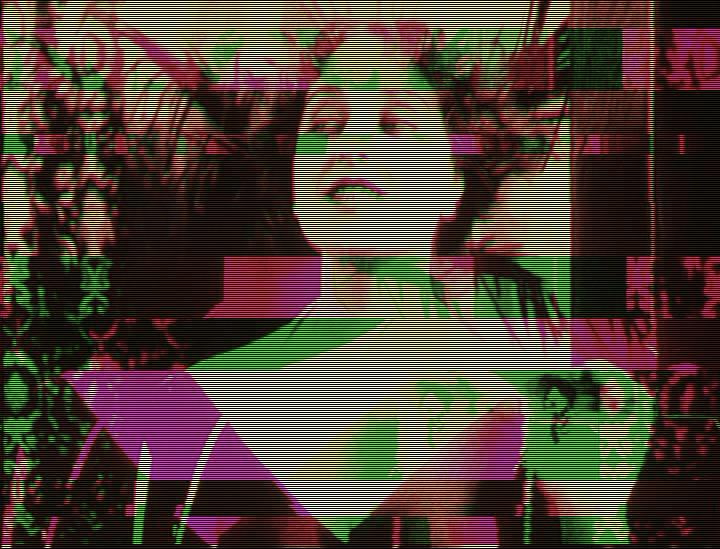
Figure 3 Glitch 2, Nathan Jurgenson, 2012
WeARinMoMa questions the ownership of the virtual space that overlays a physical location. This virtual exhibition is only visible to visitors using their mobile devices. Veenhof and Skwarek are uninvited guests in the MoMA despite not claiming physically available exhibition space. They further invade the space by inviting more AR artists to join them and present their own work in this digital exhibition space.
WeARinMoMa glitches space by breaking the museum’s predefined usage and reveals its flaws. WeARinMoMa raises the question of who has ownership over the virtual space: the developers or the participants? The showcased objects are not related to the physically curated ones which creates a plurality of the multitudes. The multitudes in this case are the different parties using the same place and the variety of ideas of what the content should be. The same space coexists in multiple versions.
“Revolutionary change manifests through a reconsideration of the spatial, in negotiation of spatial limitations and identification of how to overturn, dissolve, break through these boundaries.” TeamLab’s Graffiti Nature exhibit is an ecosystem drawn by the viewers. The visitors can create parts of the ecosystem by choosing different templates and colouring them. These animals, flowers, or butterflies are then released into the virtual ecosystem to interact with each other and the people wandering through it. They eat, reproduce, and die according to their physical and digital interactions.
This Team Lab mixed reality exhibit presents the idea of a second skin in a building. The interaction that users are able to have with the animals and plants causes the walls to come to life. In this sense, the space is living and breathing. As the walls come alive, the viewer begins to interact with the space in a new way. Graffiti Nature contains multiple forms of overlapping interactions. The exhibit interacts with the visitors as they design their creatures, and then later when people are able to step on them. As the room becomes more populated with animals, they begin to interact with each other. These multiple overlapping interplays further reinforce the idea of a glitched space with a mind of its own. They begin to blur the line between exhibit space and user. As these new interactions change the space, this glitch begins to question whether the visitors are viewers or exhibits. in this sense, the visitors become the glitch.
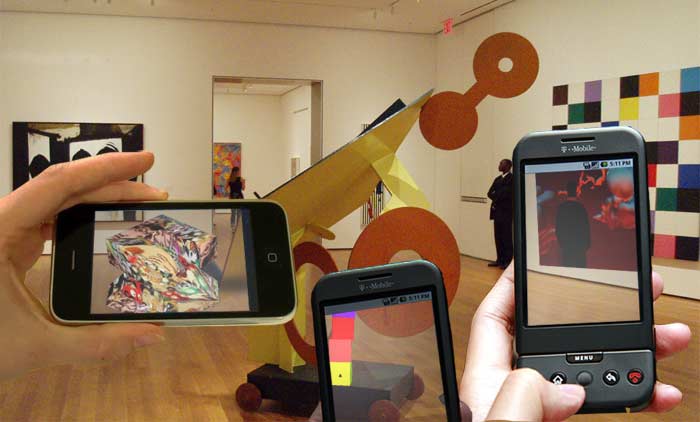
Figure 4 WeARinMoMA, Veenhof & Skwarek, 2010
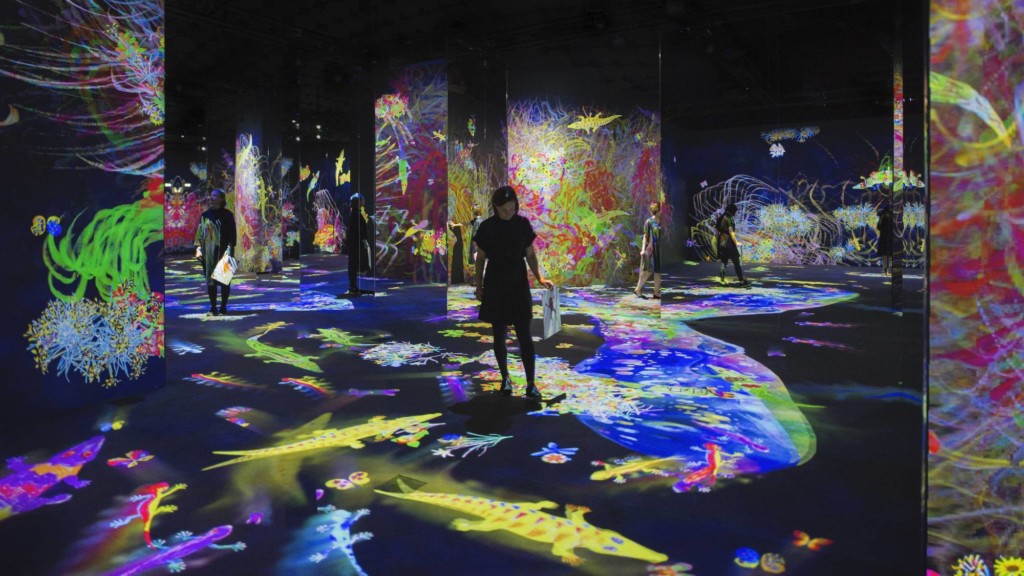
Figure 5 Graffiti Nature, teamLab, 2021Graffiti Nature, teamLab, 2021
The two case studies present an interesting dichotomy of glitches. One is radical in its concept while the other is radical in its embrace of technology to transform the space. An accurate comparison between the two would be Louis Kahn and Matta Clark. Both play with the method of creating openings between spaces by carving out shapes. On a physical level, the result might seem the same, but on a metaphysical level they are completely different. Matta Clark’s projects had an intact skin which he ruptured and broke. This is similar to the WeARMoMa intervention. Louis Kahn skins were already intended to be ruptured in the first place, exactly like the teamabs project emphasizes the idea of creating multitudes. Both projects emphasize the idea of representification in their own unique ways through their use of the glitch.
List of References
- Russel, Legacy.Glitch Feminism. Verso Books, 2020.
- Carter, Carter. Symbol and Function in Contemporary Architecture for Museums, 2010.
- Chandrasekera,Tilanka. Rejuvenating Dysfunctional Public Spaces Using Augmented Reality Systems (ARS), 2015.
- Fabrizi, Mariabruna. Gordon Matta-Clark’s “Reality Properties: Fake Estates” (1973), 2014.
- Jones,Paul and Macleod, Suzanne. Museum Architecture Matters, 2016.
- Luke, Nikita. Tak, Rohit. Samios, Ariadne and Adriazola-Steil, Claudia. “What Makes a Child-Friendly City? Redesigning Safer and Healthier Urban Spaces for Young People”. September 10, 2020 .
- Pyae, Aung, Potter, Leigh Ellen. A player engagement model for an augmented reality game: a case of Pokémon Go, 2016.
- Richard, Frances. “Anarchitecture as Poetic Device”.
- www.flash—art.com/contributor/frances-richard/
- Morris, L. Augmented reality sandbox with real-time water flow simulation (video). EE Journal, 2021.
- www.eejournal.com/fresh_bytes/augmented-reality-sandbox-with-real-time-water-flow-simulation-v.
- Academy Xi Everyday Examples of Mixed. Reality, 2021.
- www.discover.academyxi.com/blog/everyday-examples-of-mixed-reality
-
https://www.fi.edu/difference-between-ar-vr-and-mr
-
https://uxdesign.cc/xr-through-5-1-senses-f396acf8a89f
-
https://refikanadol.
- Figure 1
- Figure 2
- Figure 3
- Figure 4
- Figure 5
A Space for Multitudes – Glitch Feminism is a project of IAAC, Institute for Advanced Architecture of Catalonia developed at Master in Advanced Architecture in 2021/2022 by:
Students: Emily Bishop, Victor Engelhard Suarez, Neslihan Gülhan, Cansu K?l?nç, Disha Dineshchandra Shetty, Tanvee Suhas Joshi
Faculty: Manuel Gausa, Jordi Vivaldi
